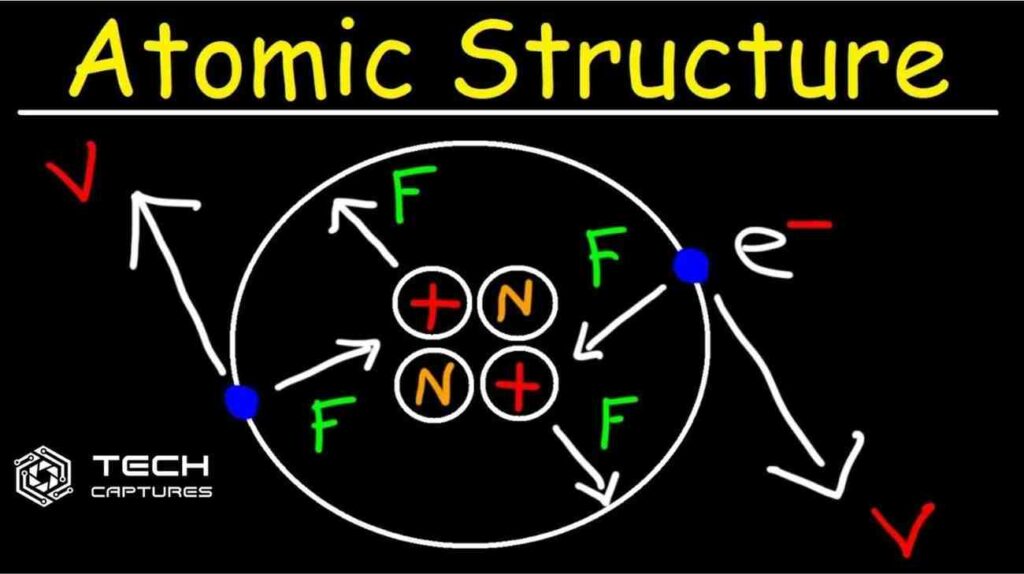How to calculate average atomic massIn the intriguing world of chemistry, understanding the concept of average atomic mass is like unlocking a hidden code that reveals the mysteries of the elements. It’s not just about numbers; it’s about the essence of matter and the building blocks of our universe. So, buckle up as we embark on a journey to demystify the process of calculating the average atomic mass.
Table of Contents
What is Average Atomic Mass?
Before we delve into the calculations, let’s establish a solid foundation by understanding what average atomic mass truly signifies. In simple terms, the average atomic mass is the weighted average of all the isotopes of an element, taking into account their relative abundance in nature.
Picture this: an element might have multiple isotopes, each with its mass. The average atomic mass gives us a way to express the typical mass of an atom of that element, considering the different masses of its isotopes and how often each isotope occurs.
The Step-by-Step Guide on How to Calculate Average Atomic Mass
Now that we’ve laid the groundwork, let’s get hands-on with the calculations. Don’t worry; it’s more complex than it sounds. We’ll break it down into simple steps that even a chemistry novice can follow.
Identify Isotopes and Their Abundances:
To kick off the calculation process, you need to know the isotopes of the element in question and their respective abundances. Isotopes are versions of an element with different numbers of neutrons. The abundance refers to the percentage or decimal representation of each isotope’s occurrence in nature.
For instance, let’s consider an element “X” with isotopes X-10 and X-12, having abundances of 20% and 80%, respectively.
Convert Abundances to Decimals:
To make the subsequent calculations smoother, convert the percentage abundances to decimals. Divide the percentage abundance by 100.
For example, if the abundance of X-10 is 20%, convert it to 0.20.
Multiply Isotope Mass by Abundance:
- Now, for each isotope, multiply its mass by its abundance. This gives you the contribution of each isotope to the average atomic mass.
- Using our example, if X-10 has a mass of 10 amu (atomic mass units), the contribution would be 10 amu * 0.20 = 2 amu.
Sum Up the Contributions:
- Add up all the contributions from each isotope. This final sum is your calculated average atomic mass.
- In our case, if X-12 contributes 9.6 amu (12 amu * 0.80), then the total average atomic mass of element X is 2 amu + 9.6 amu = 11.6 amu.
Why Does Average Atomic Mass Matter?
Understanding how to calculate average atomic mass is more than just a theoretical exercise. It has practical implications in various scientific fields. Here’s a glimpse of why this concept is crucial:
Precision in Molecular Formulas:
Chemists use average atomic mass to determine the precise molecular formula of a compound. This is essential for accurate experiments and real-world applications.
Isotopes in Everyday Life:
Many elements have isotopes with different properties. Average atomic mass helps us grasp the isotopic composition of elements we encounter daily, such as carbon and oxygen.
Nuclear Medicine:
In the field of medicine, especially nuclear medicine, the knowledge of average atomic mass plays a pivotal role in understanding radioactive decay and designing diagnostic tools.
Exploring Variations in Average Atomic Mass Calculations
As we navigate the intricacies of calculating average atomic mass, it’s crucial to acknowledge that real-world scenarios might present variations. These variations add layers of complexity to the calculations, but fear not; we’re here to guide you through them.
Dealing with Fractional Abundances:
In some cases, you might encounter fractional abundances of isotopes. Don’t panic! Treat them just like regular abundances, and the calculations remain consistent.
For example, if the abundance of an isotope is 1/3, treat it as 0.33 when multiplying with the isotope’s mass.
Multiple Isotopic Systems:
Elements aren’t limited to just two isotopes. Some elements have more than two naturally occurring isotopes. The calculation process remains the same—identify, convert, multiply, and sum.
Consider element Y with isotopes Y-14, Y-15, and Y-16, each with its abundance.
Mass Spectrometry Unveiled:
Mass spectrometry, a powerful analytical technique, contributes significantly to determining isotopic abundances. It aids in refining the accuracy of average atomic mass calculations, providing a deeper understanding of an element’s composition.
Scientists use mass spectrometry to precisely measure the masses and abundances of isotopes, elevating the accuracy of average atomic mass calculations.
Tips and Tricks for Effortless Average Atomic Mass Calculations
Now that you’ve grasped the fundamentals let’s explore some tips and tricks to streamline your average atomic mass calculations. These insights will transform you into a calculation maestro in no time.
Use Technology to Your Advantage:
Leverage online tools and calculators designed for average atomic mass calculations. These tools not only save time but also reduce the chances of manual errors.
Stay Updated on Isotopic Data:
Isotopic abundances can vary based on geographical locations and other factors. Stay informed about the latest isotopic data to ensure the accuracy of your calculations.
Practice Makes Perfect:
Like any skill, practice enhances proficiency. Work on diverse examples and problems to reinforce your understanding of average atomic mass calculations.
Conclusion
Congratulations! You’ve successfully navigated the intricate terrain of how to calculate average atomic mass. From identifying isotopes to mastering the art of mass spectrometry, you’re now equipped with the knowledge to unravel the mysteries of elements.

